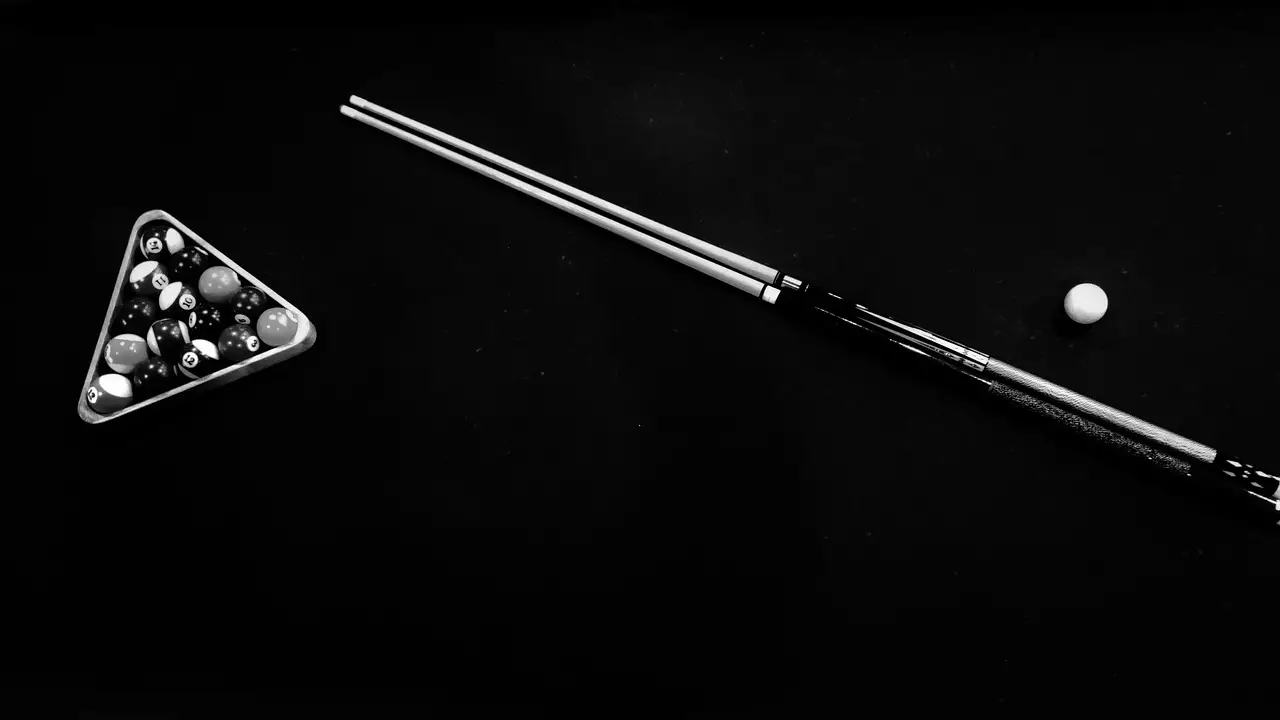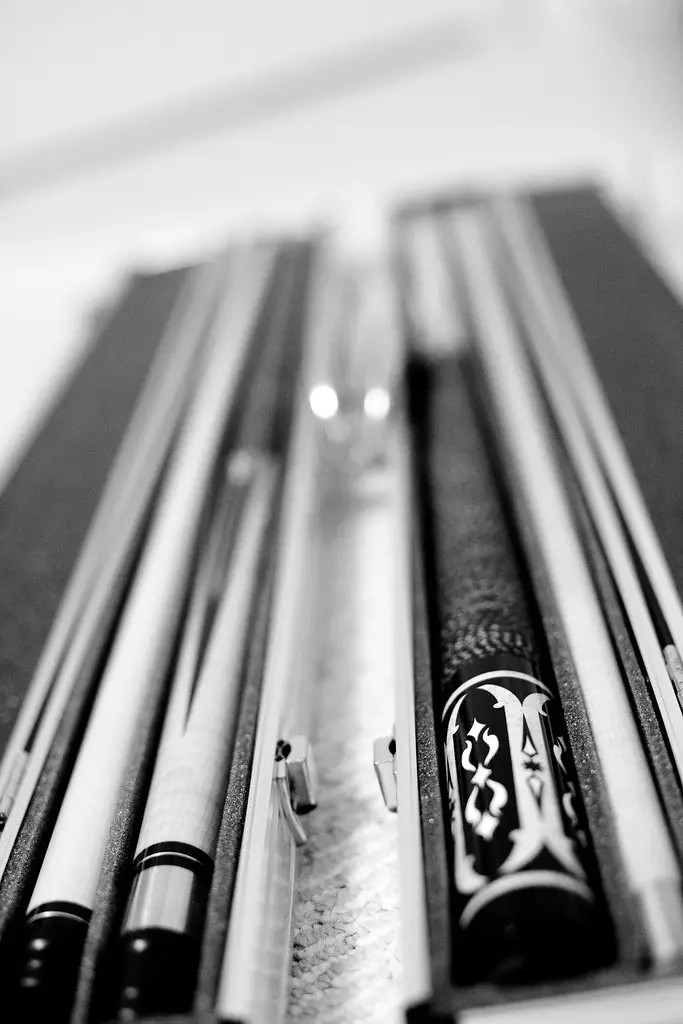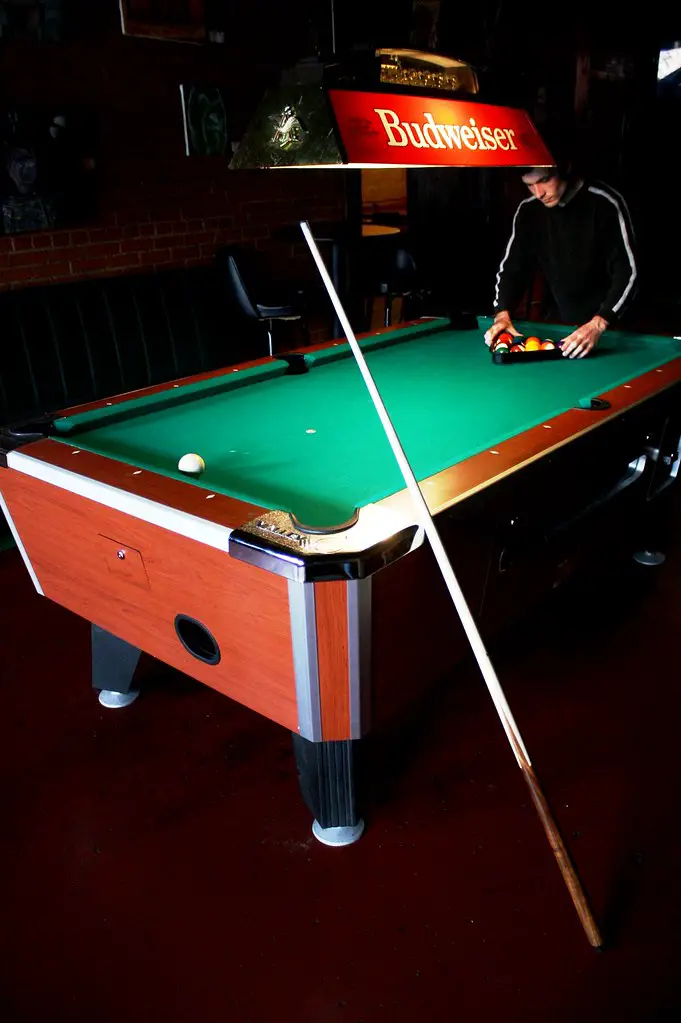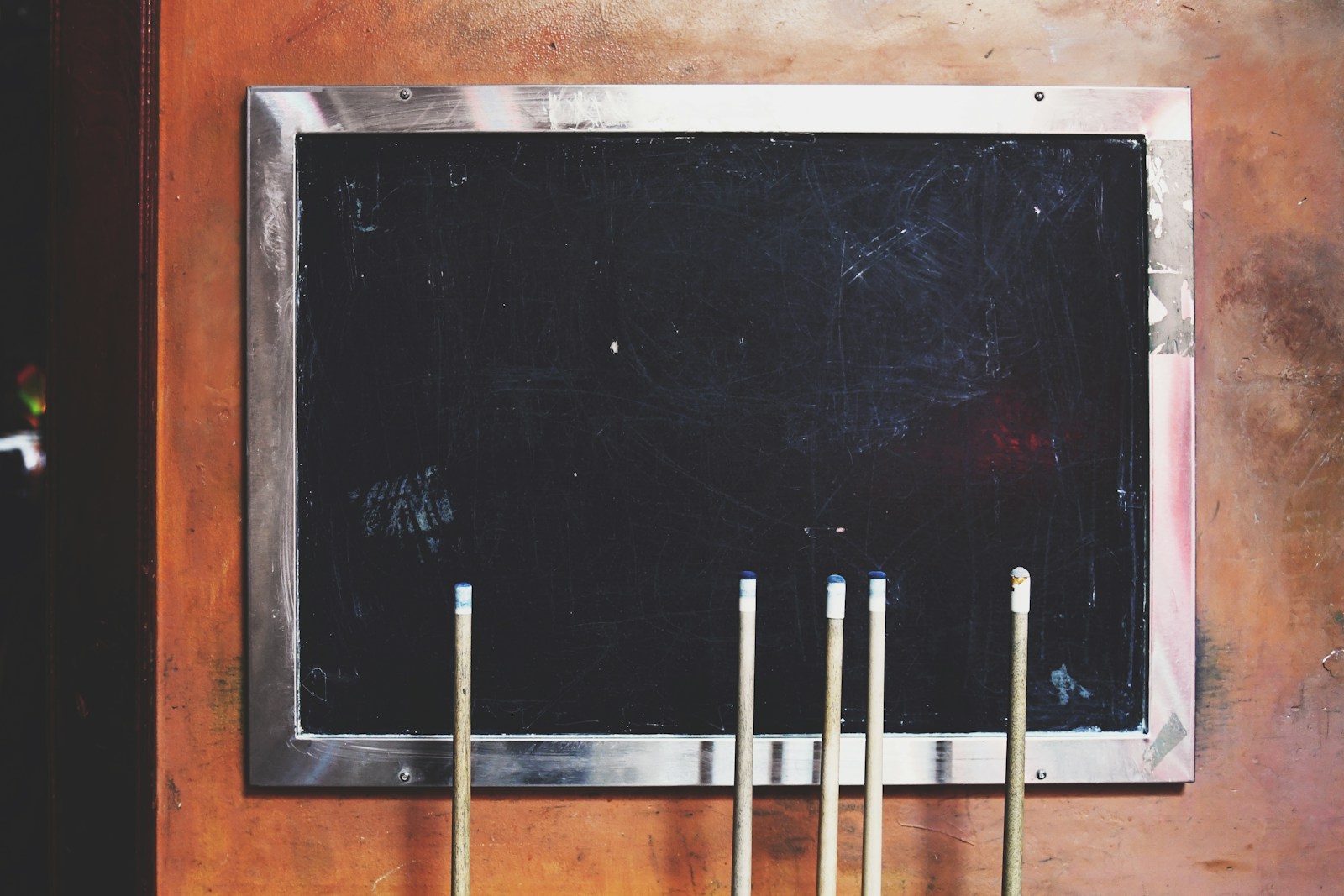
Protecting Cue Stick Joints and Ferrules for Billiard Enthusiasts
Billiards isn’t just a game; for enthusiasts and professionals, cue sports represent a form of artistry where precision, skill, and each potential point are measured in the glide of a well-maintained cue stick. Arguably the most delicate parts of a cue, the joints and ferrules play a crucial role in the quality of play and, when protected properly, can enhance performance and extend the life of your prized billiard companion.
In this detailed guide, we will cover everything billiard aficionados need to know about maintaining cue stick joints and ferrules, from understanding their construction to providing practical, day-to-day care tips that will have your cue performing at its peak for every match.
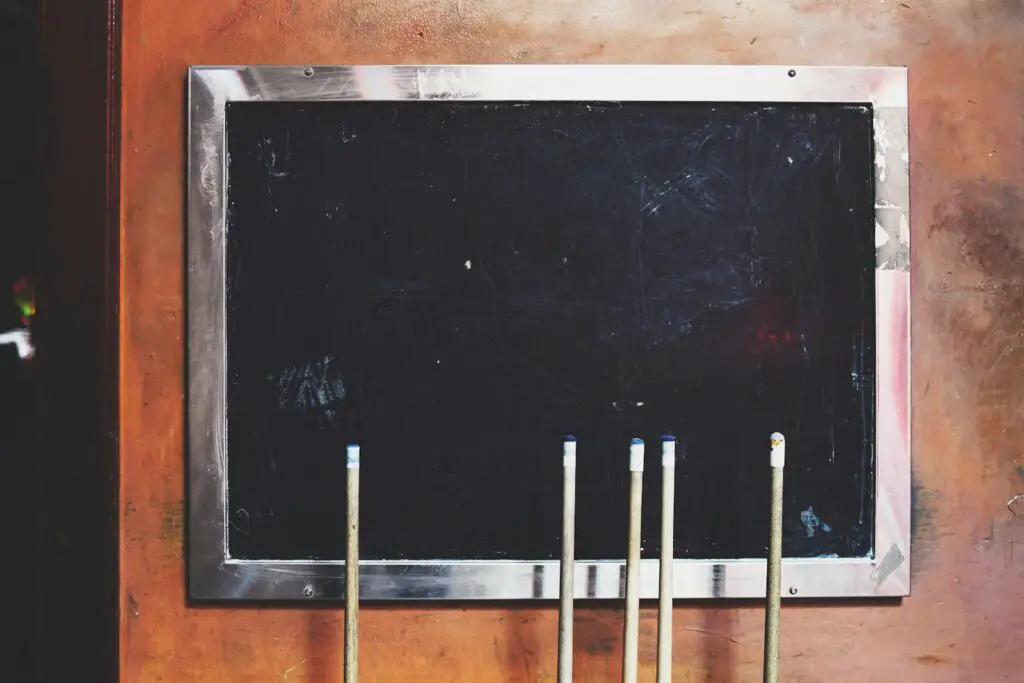
Understanding Cue Stick Joints and Ferrules
Cue stick joints are the points where various pieces of the cue come together. This connection can be of the screw, pin, or quick-release variety and is essential for the overall straightness and balance of the cue. Ferrules, the white (most commonly) or black band where the cue’s tip sits, are there to protect the wood from splitting due to the impact of cueball hits.
When a cue is well-constructed and the joints and ferrules are well-maintained, several things happen:
- Shot confidence and execution improve due to the tactile connection of the perfectly aligned joints.
- The cue’s overhaul weight and balance are retained, ensuring familiar handling over time.
- Ferrules contribute to the cue’s “feel” when making contact with the cueball, enhancing control and spin accuracy.
Tips for Protecting Cue Stick Joints
Proper Cleaning Techniques
Cleaning cue stick joints is a delicate process to avoid loosening fittings or damaging the wood. Use a soft, damp cloth to wipe away dust and chalk build-up. For more stubborn marks, apply a small amount of cue wax and gently buff the area with a clean portion of the cloth. Be sure to remove any excess wax to maintain a smooth, clean surface that won’t hinder the snug fit and feel of the joints.
Storage Recommendations
Proper storage is often overlooked but is just as important as regular cleaning. Store cues in a controlled environment with a stable temperature and humidity to prevent wood warping and joint corrosion. A cue case with a soft lining provides optimal protection against scratches and dings that can occur during transportation or when stored in crowded spaces.
Maintenance Practices
Regularly inspect your cue for any signs of damage to the joints. Even seemingly minor scratches or dents can affect the performance and lifespan of the cue. Performing a weekly visual check and fixing any issues as soon as they arise is a good practice that can save you from costly repairs down the line.
Tips for Protecting Cue Stick Ferrules
Importance of Ferrule Maintenance
The ferrule is the first point of contact with the cueball, and as such, it endures a significant amount of pressure. A damaged ferrule can lead to poor ball striking and an overall decrease in shot precision. Keep the ferrule in top shape to maintain consistent play.
Cleaning Methods
Ferrules can be cleaned using the same methods recommended for joints, but care must be taken around the edges to avoid the cue tip itself. A Q-tip or soft toothbrush can help reach the tight spaces. If there are deeper, more stubborn stains, a very gentle abrasive can be used, ensuring the final step involves a thorough polish.
Avoiding Common Mistakes
Many players make the critical error of using the ferrule to “spin” the cueball, which can result in it loosening from the shaft. This puts undue stress on the ferrule and joint, potentially causing damage that is both expensive and difficult to repair.
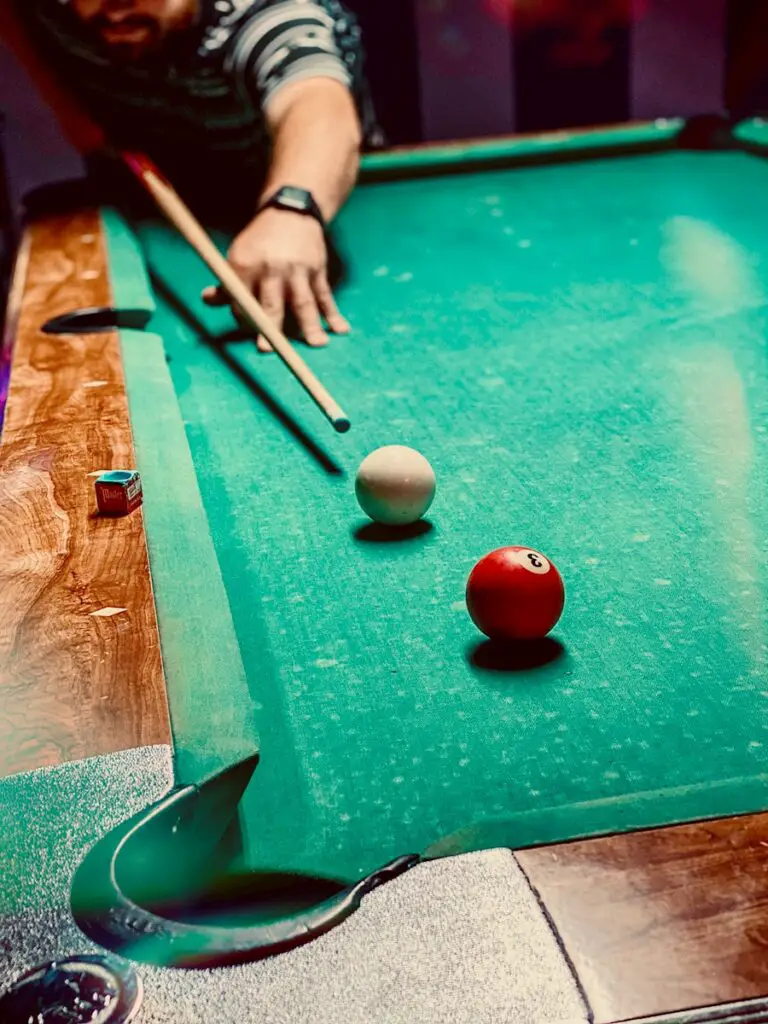
Benefits of Regular Maintenance
Routine maintenance of cue stick joints and ferrules offers billiard enthusiasts several notable benefits:
Enhanced Performance and Longevity of Cue Sticks
Well-maintained joints and ferrules ensure that your cue performs as it did the day you first picked it up, promoting consistent play and shot accuracy. This results in a smoother and more enjoyable gaming experience.
Cost-Saving Potential
Investing a little time in cue maintenance can save you a lot of money down the line. Regular checks and cleaning can help you catch and address issues early, preventing the need for costly repairs or replacements.
Conclusion
Cue sticks are the extension of a pool player’s arm and as such demand the respect and care given to any finely-tuned tool. By understanding the importance of maintaining cue stick joints and ferrules, and by adopting the cleaning and storage practices outlined in this guide, billiard enthusiasts can ensure their cues remain in top condition.
Remember, maintaining your cue is a commitment to the game and to your growth as a player. The investment is not just in the stick, but in the shot-making confidence and satisfaction that comes with a well-kept and responsive cue. With these tips, you’re well on your way to preserving the precision and performance built into your favorite cue stick, match after match, break after break.

